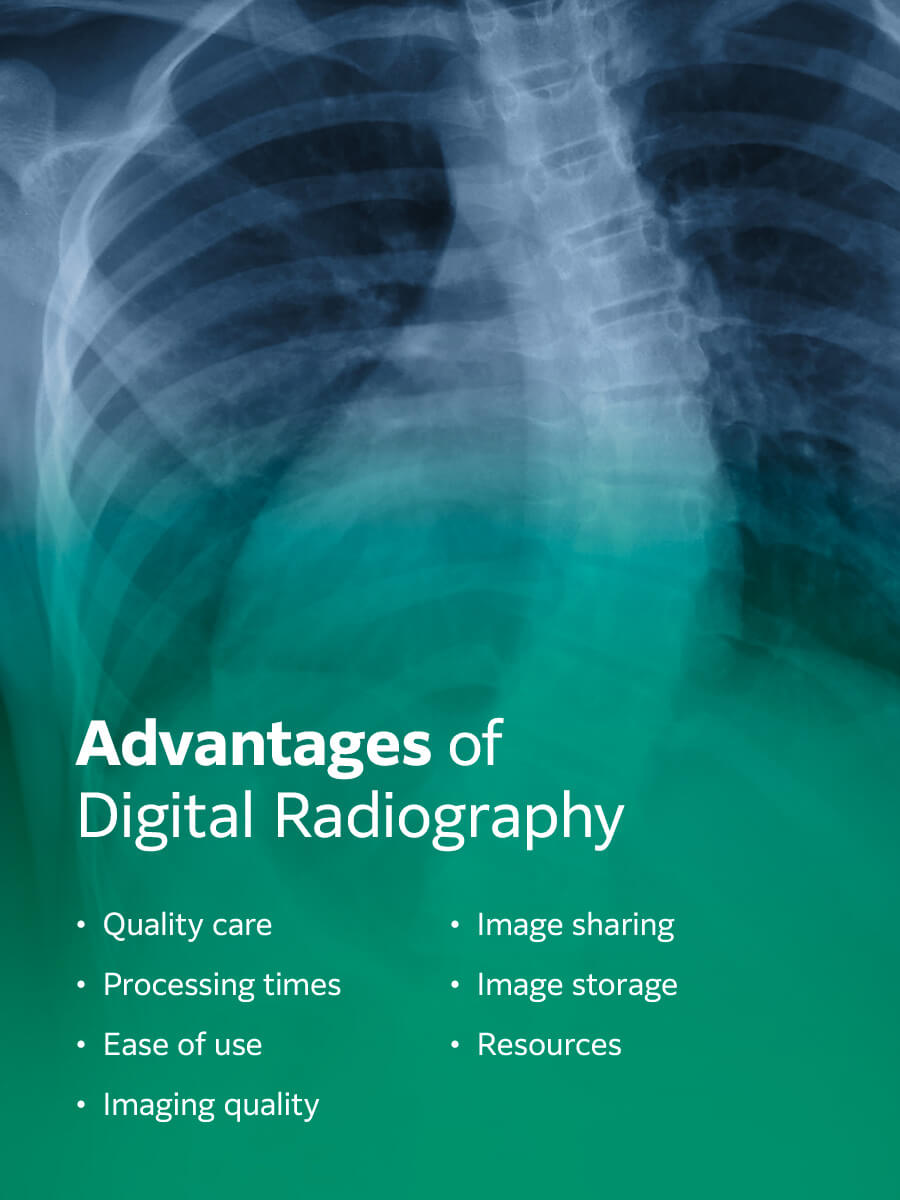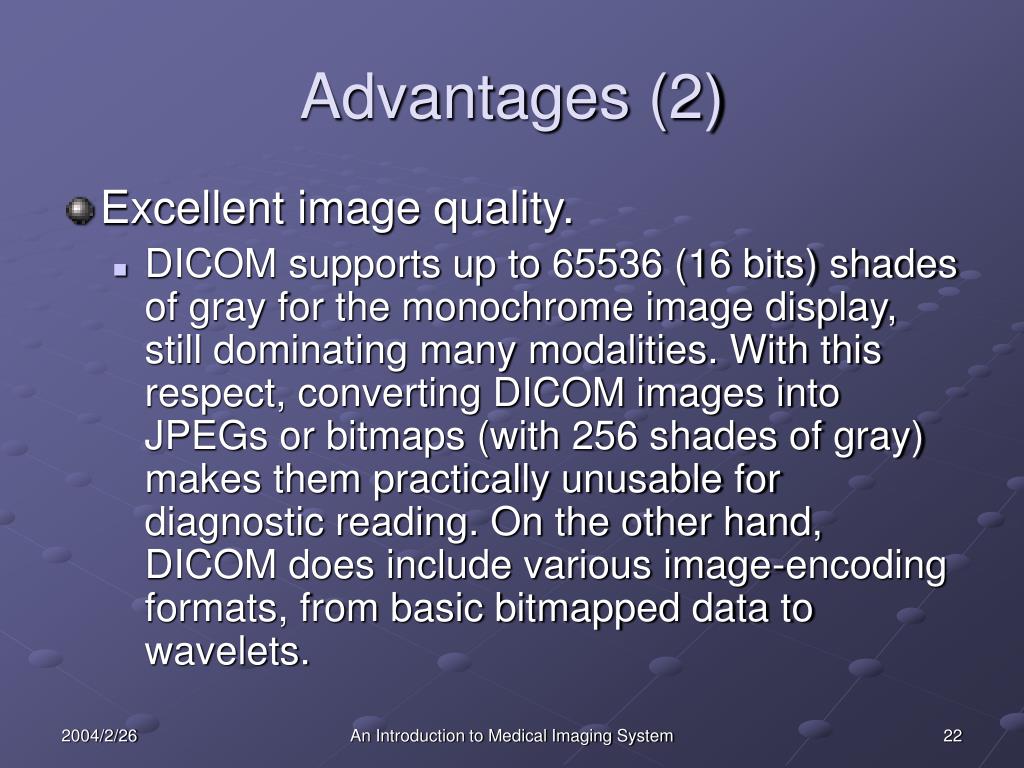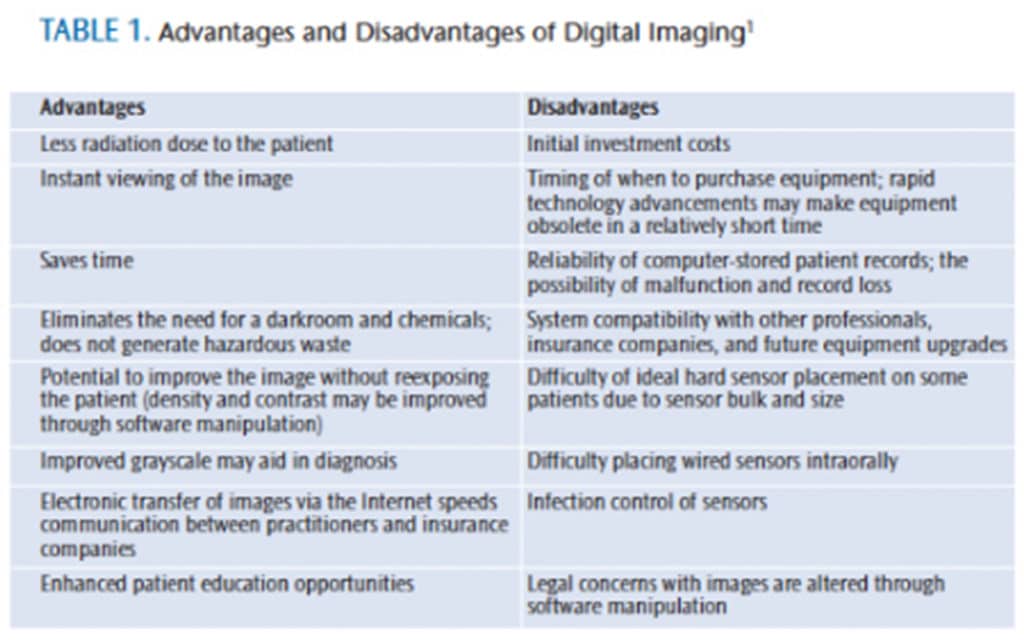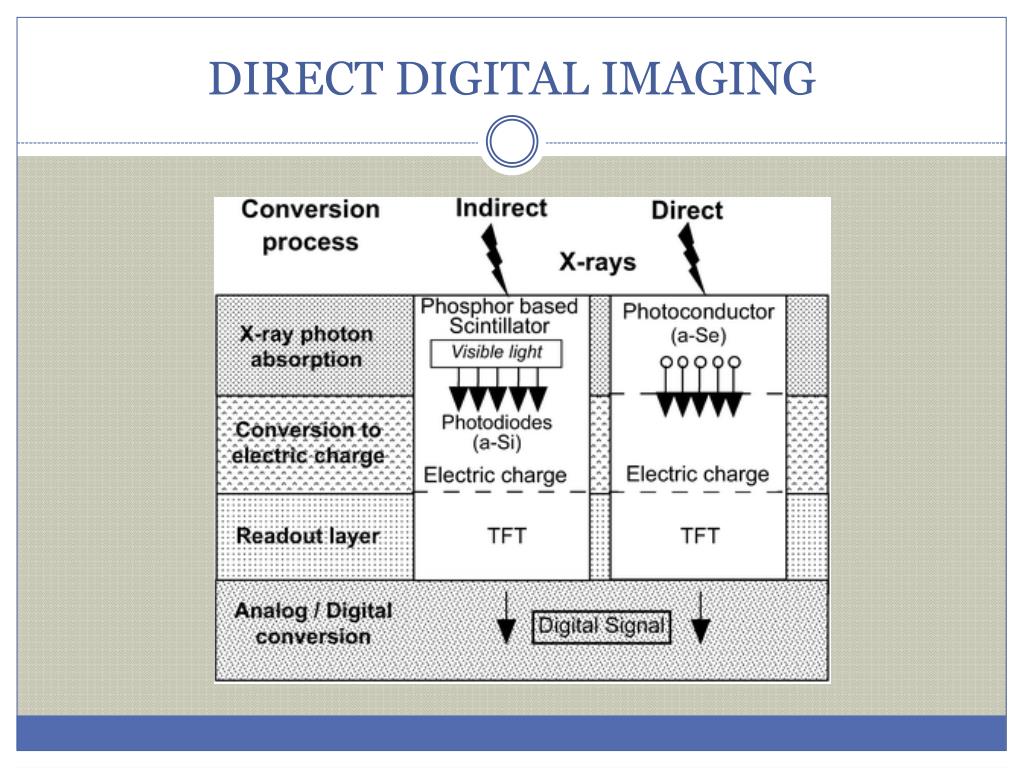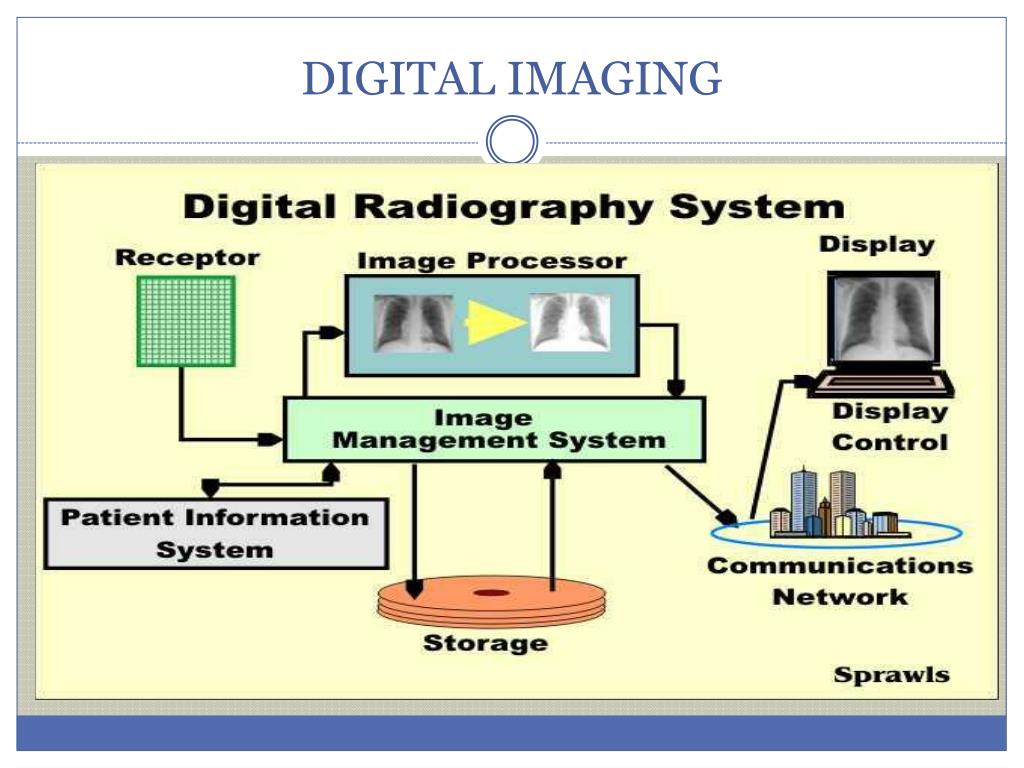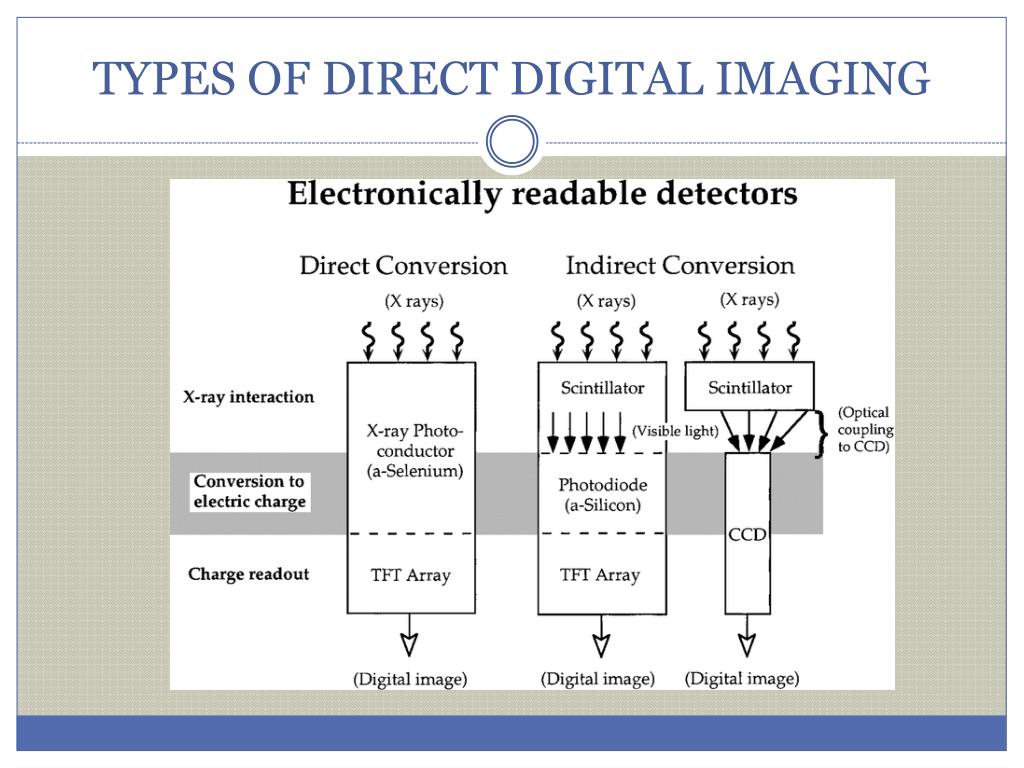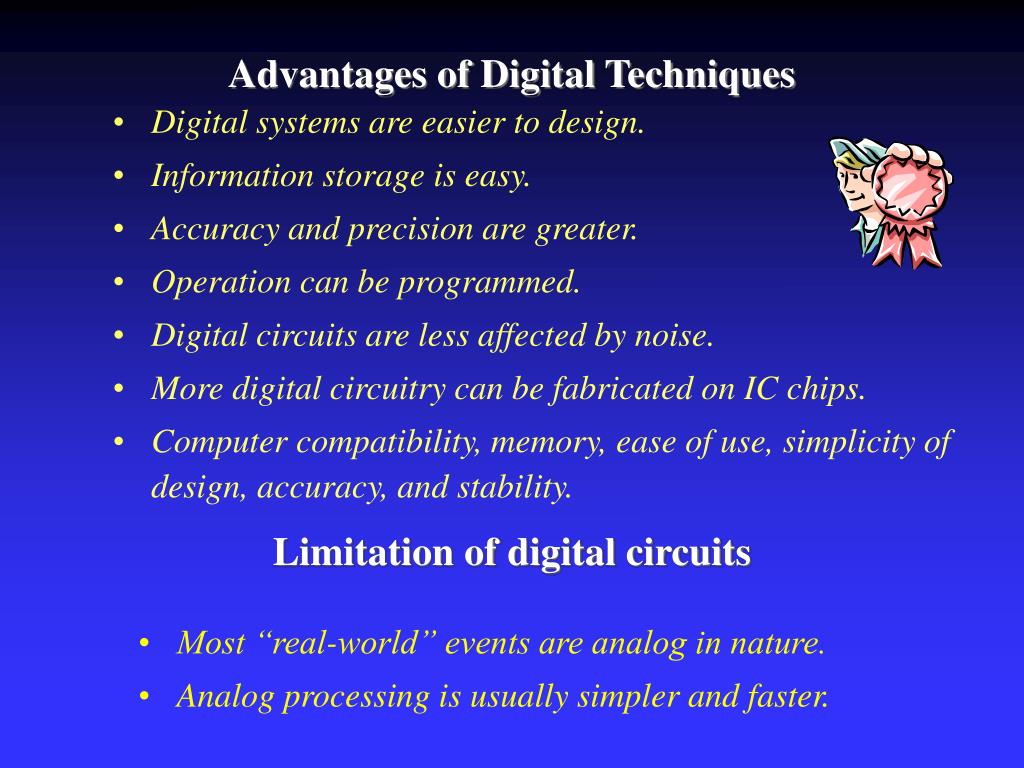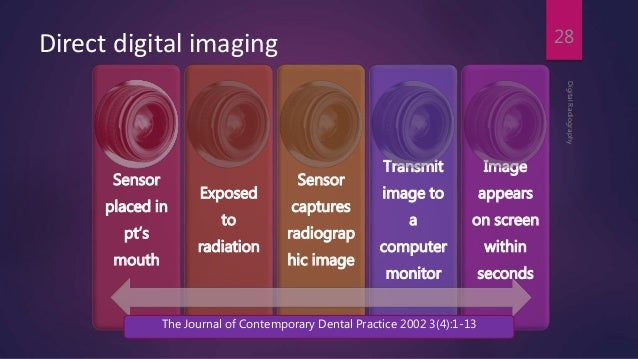All Of The Following Are Advantages Of Digital Imaging Except
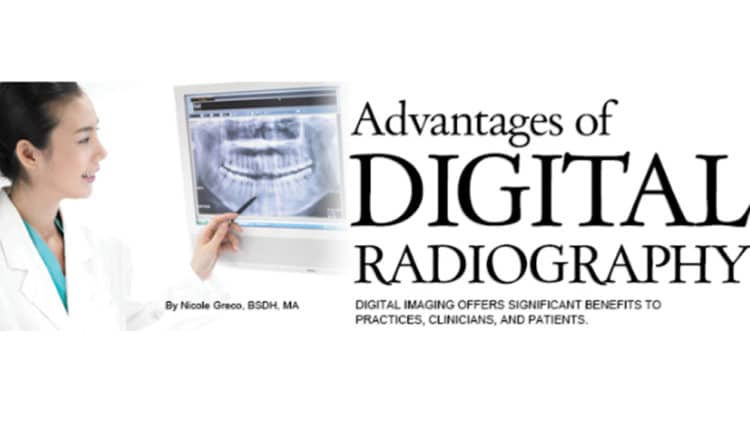
Urgent warnings are circulating amongst medical professionals after a critical error surfaced regarding the perceived benefits of digital imaging. The misidentification of an advantage could lead to compromised diagnostic accuracy and potentially impact patient care.
This article dissects the issue, outlining the genuine advantages while pinpointing the specific misconception that demands immediate attention and correction across the field.
The Core Advantages of Digital Imaging
Digital imaging, in its various forms like X-ray, MRI, and CT scans, has revolutionized medical diagnostics. The advantages are numerous and well-documented.
Enhanced Image Quality and Manipulation
Digital images boast superior resolution and clarity compared to traditional film-based methods. Post-processing capabilities allow for contrast adjustment, magnification, and 3D reconstruction, significantly improving diagnostic accuracy.
These manipulations can reveal subtle abnormalities often missed on conventional films. This advantage directly translates to earlier and more accurate diagnoses.
Reduced Radiation Exposure
While not always the case depending on specific technology and protocols, digital imaging often allows for lower radiation doses. Sophisticated detectors and image processing algorithms contribute to this reduction.
This is particularly crucial for pediatric patients and individuals requiring frequent imaging studies. Lowering radiation exposure minimizes potential long-term health risks.
Efficient Storage and Retrieval
Digital images are easily stored electronically in PACS (Picture Archiving and Communication Systems). This eliminates the need for physical film storage, saving space and resources.
Retrieval is instantaneous, allowing physicians to quickly access and compare images from past examinations. This efficiency streamlines workflows and improves patient care coordination.
Improved Accessibility and Collaboration
Digital images can be easily shared electronically between healthcare professionals. This facilitates remote consultations and collaborative diagnoses, especially in complex cases.
Telemedicine applications benefit greatly from the rapid transmission of high-quality digital images. It enhances access to specialized expertise, regardless of geographical location.
The Misconception: Film-less Imaging is Always Cheaper
The critical error lies in the assumption that digital imaging is universally more cost-effective than traditional film-based methods. While long-term operational costs can be lower, the initial investment in digital equipment is substantial.
"The upfront costs associated with implementing digital imaging systems can be prohibitive for some healthcare facilities," explained Dr. Anya Sharma, a radiology department head at a major metropolitan hospital. This includes the cost of scanners, PACS systems, and the necessary IT infrastructure.
Furthermore, the maintenance and ongoing software upgrades contribute to the overall cost. A simplistic view focusing solely on eliminating film costs is a dangerous oversimplification.
Hidden Costs and Considerations
The cost of training personnel to operate and maintain digital imaging equipment must also be factored in. Technical support and troubleshooting can incur additional expenses.
The need for robust data security measures to protect patient privacy adds another layer of complexity and cost. Ignoring these hidden costs can lead to flawed financial planning.
Impact on Smaller Clinics and Rural Hospitals
Smaller clinics and rural hospitals may struggle to afford the initial investment in digital imaging technology. This can create disparities in access to advanced diagnostic services.
"We've seen instances where smaller facilities postpone upgrading to digital systems due to budget constraints," stated Mark Olsen, a healthcare technology consultant. This can delay diagnoses and negatively impact patient outcomes.
Moving Forward: Addressing the Misconception
Healthcare administrators and policymakers must acknowledge the complexities of digital imaging costs. A comprehensive cost-benefit analysis is crucial before making investment decisions.
Government subsidies and grants can help smaller facilities afford the transition to digital imaging. Educating healthcare professionals about the true costs is essential to avoid misinformed assumptions.
Ongoing research is needed to develop more affordable and accessible digital imaging solutions. Continued evaluation of the long-term economic impact is crucial for informed decision-making. This will ensure that advancements in medical imaging benefit all patients, regardless of their location or access to resources.
